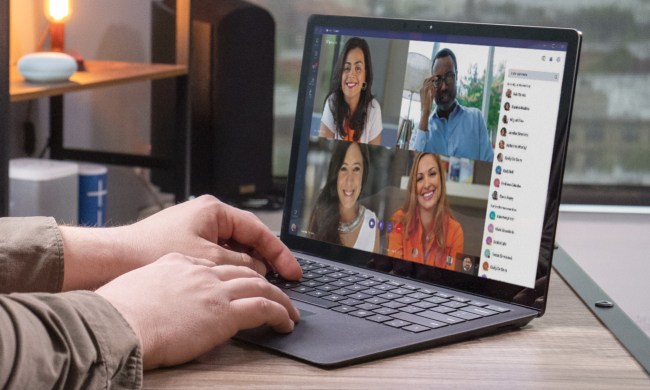
The case in question is known as Jane Doe No. 14 v. Internet Brands, Inc. The complaint alleges that Internet Brands, which is the parent company of Model Mayhem, had knowledge of criminal activity perpetrated by Model Mayhem users, and failed to warn other users about it.
The lawsuit arose from events that unfolded in February 2011, when Jane Doe posted information about herself on Model Mayhem in an effort to get modeling work. According to her complaint, two men contacted her through the site, drugged her, raped her, and filmed the event for pornographic films.
Two Florida men, Emerson Callum, and Lavont Flanders, were each prosecuted and convicted in a related criminal case and sentenced to life terms. The issue in Jane Doe’s case against Internet Brands is whether or not the company was negligent for not warning models on the site about the potential danger posed by Callum and Flanders. Jane Doe sued Internet Brands, Inc. in 2012 in California seeking no less than $10 million in damages.
In 2014, a federal district court in California ruled that Internet Brands was not liable due to provisions of Section 230 of the Communications Decency Act, which limits the liability of website owners for criminal activities that involve the use of websites. That decision was reversed in May 2016 by the Ninth U.S. Circuit Court of Appeals, which ruled that Internet Brands, Inc. was not protected by Section 230 in this situation and that Jane Doe’s case could continue.
The case is seen by many as an important one in establishing the liability of websites for their user’s actions, something that could potentially be very costly for sites like Facebook, Craigslist, or others in which users interact with other users.
For its part, Internet Brands Inc. has introduced new features on Model Mayhem aimed at helping users warn each other about other users, Verified Credits being one that allows users to see others who have worked with another individual and whether or not it was a good experience.
What will happen in this case, and how it could affect website liability going forward, is still up in the air, but it’s safe to say that the case has the internet’s attention.


